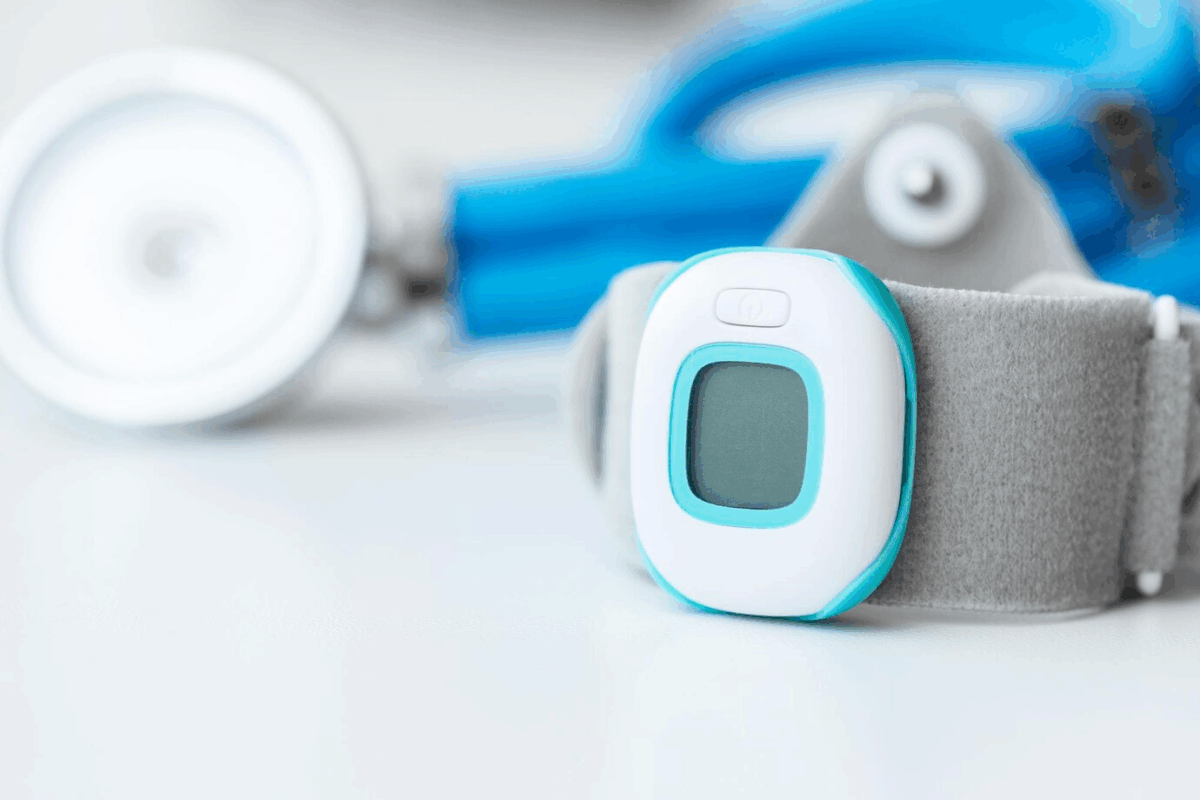Technology
Your Guide To Personal Medical Alert Systems In Canada

With the increased health risks that come with aging, someone has to be there to support them whenever they need help. To some extent, it feels like a loss of their independence- something that’s not easy for them to accept. Since it is nearly impossible to be there 24/7, you worry about their safety when no one is around. But with smart devices like personal medical alert systems, you can say goodbye to constant worries.
The small gadgets make monitoring seniors remotely a breeze by ensuring that help is available at the press of a button. It’s a win-win; you get your peace of mind, and they regain their independence.
So, investing in the right device can transform your life. However, there are plenty of such devices in Canada, which can make it hard for new users to get started. Not sure how to go about personal medical alert systems? Read on to discover every little detail to make an informed decision.
What Is a Medical Alert System?
A medical alert system is a simple device that makes it easier for users to call for help, especially in emergencies. In case of a fall or sudden illness, they can press a conveniently located button to signal their loved one, caregiver, or medical professional in a monitoring center. Most of the devices come with a senior-friendly design- a strategically placed SOS button that relays an alert when pressed.
To enhance their functionality, they come with extra features like fall detection sensors. So, when the users cannot communicate after an accident, the device automatically sends an alert.
While medical alert systems are popular with seniors, they are a perfect solution for people with chronic illnesses, patients, outdoor enthusiasts, and those with physical challenges who might need quick help.

There are plenty of personal medical alert systems in Canada, but it’s important to pick the best device from a reputable, reliable provider. You need someone you can trust to show up and offer help quickly.
Types of Systems Available
1. In-Home Systems
As the name suggests, these systems are designed for use inside a home. They usually use a landline or home-based phone connection to send signals. The user puts on a wearable, necklace, or wristband linked to a base unit that sends alerts. They are perfect for users who spend most of their time indoors, as they don’t work over long distances.
2. Mobile Systems
Mobile systems, commonly wearables that work without a base unit, can be used inside the home and outdoors. They come with a compact device that’s easy to carry as pendants or watches. Thanks to GPS tracking capability and cellular connectivity, locating the user and relaying a signal is possible no matter where they are. These devices are perfect for active seniors as long as they spend time in places with excellent cell coverage.
3. Monitored Systems
Personal medical alerts can either be monitored or unmonitored. Monitored ones connect users with trained professionals at a call center 24/7. So, when the alarm is triggered, they can quickly jump into action by notifying their loved one and providing support over the phone or by dispatching help in severe cases.
4. Unmonitored Systems
Unmonitored systems, on the other hand, are not connected to a call center. Instead, the alerts are sent to a preset contact, usually a family member or a caregiver. Although they are more affordable, the response time depends on how fast the contact person acts, showing up or calling for emergency help.
What to Look for When Choosing a Medical Alert System in Canada
- Cost: Medical alert systems can cost anywhere between $30 and $60 or more per month. It all depends on the features and services offered. 24/7 professional monitoring, for instance, means an extra cost.
- Features: How helpful the device is depends on the features it is designed with. At the core are slip and fall detection, wide cellular coverage, portability and GPS tracking.
- Companion app: Modern medical alert systems come with companion apps that connect users and caregivers. The apps provide useful information like battery percentage in real-time and contacts to monitoring centers.
- Battery Life: These devices usually have an impressive battery life that lasts up to days. Go for one with outstanding battery life, backup power, quick charge and timely alerts for recharge at least 20-24 hrs.
- Support and Coverage: Choose devices from trusted providers for wide coverage across Canada. You want you or your loved one to be covered even in remote areas. Also, look for service providers that offer bilingual support in their monitoring centers to ensure help is available fast.
- Warranty: Warranties protect you from unforeseen issues. Does the provider replace the device in case of malfunction or damage from accidental falls? Pick one with a favorable warrant period.
Conclusion
Medical alert systems are a lifesaver- they help in emergencies where every minute counts. So, don’t wait for something bad to happen to you or your loved ones; investing in premium devices could help prevent injuries and costly medical bills.
Fortunately, modern medical alert devices come with plenty of impressive features. They help ensure the user is monitored around the clock while giving them back their independence to do their stuff, like enjoying a walk in the park. Just be sure to buy the best device from a reliable provider for professional services and a pleasant experience. The last thing you want is an unresponsive device or support in emergencies, further putting someone’s health at risk.














